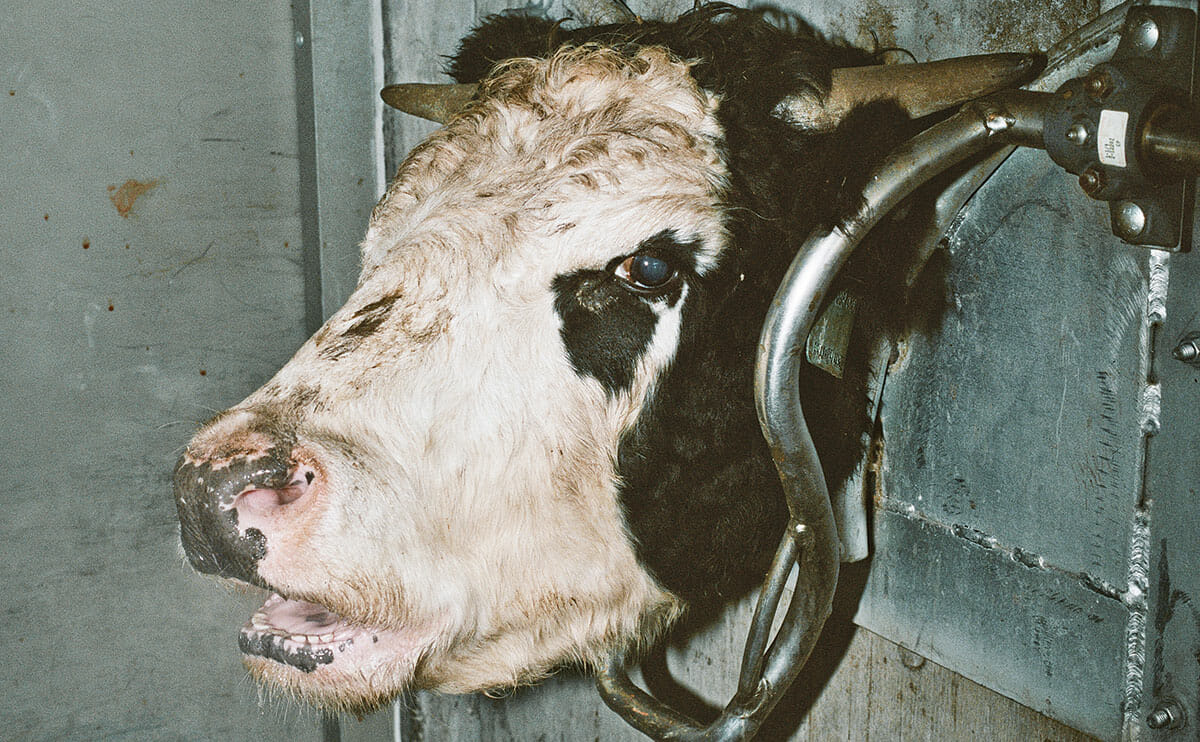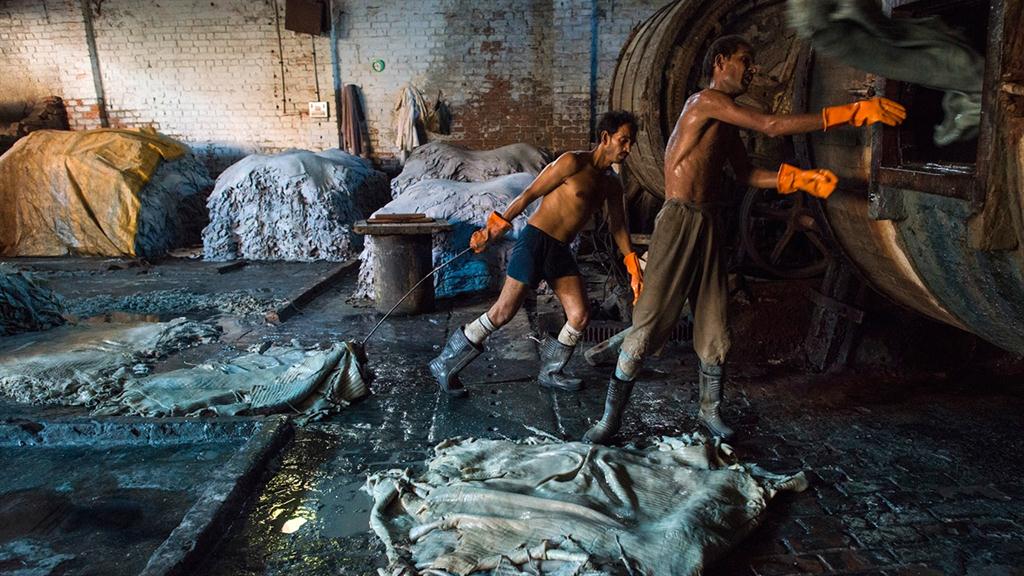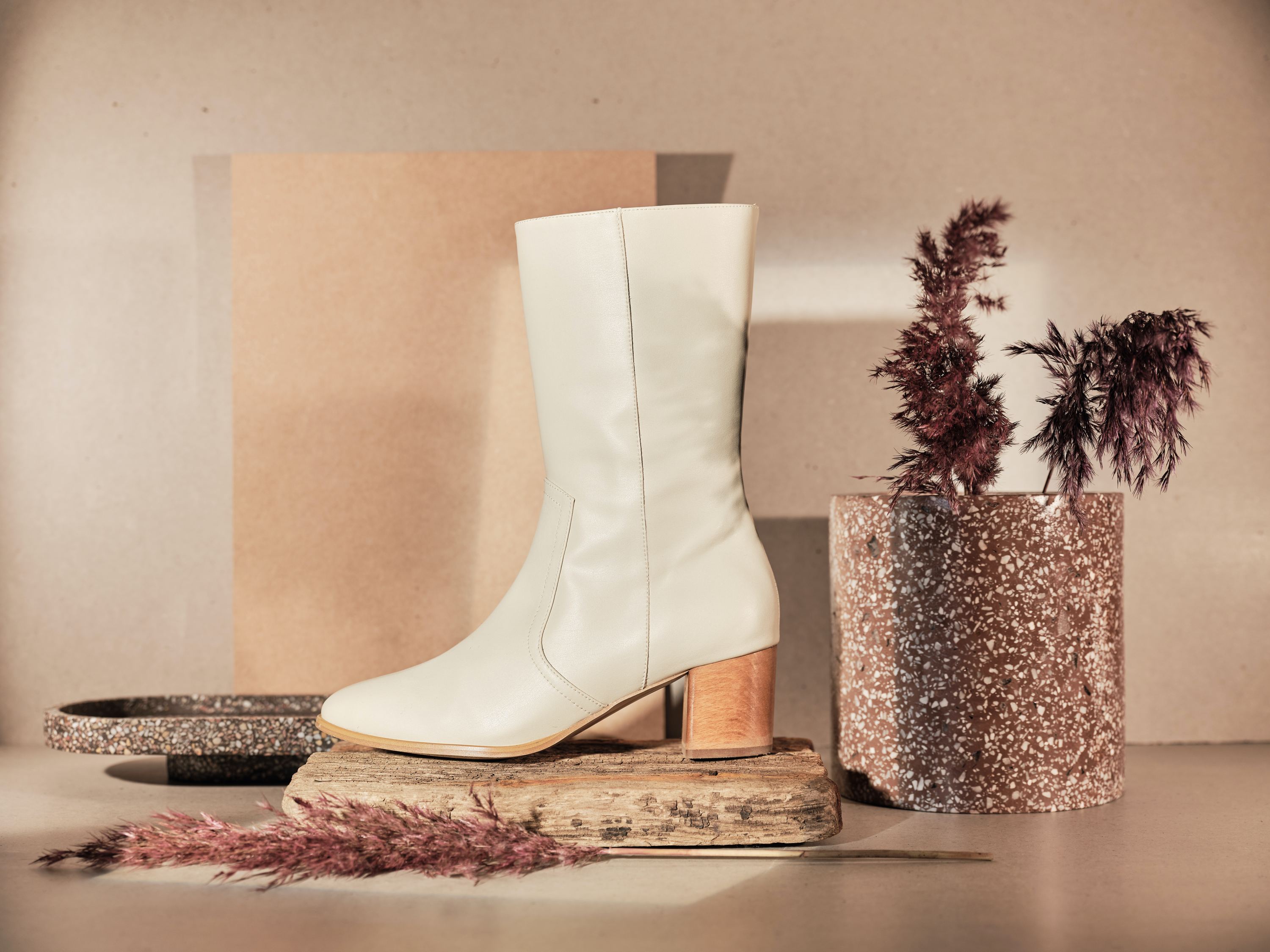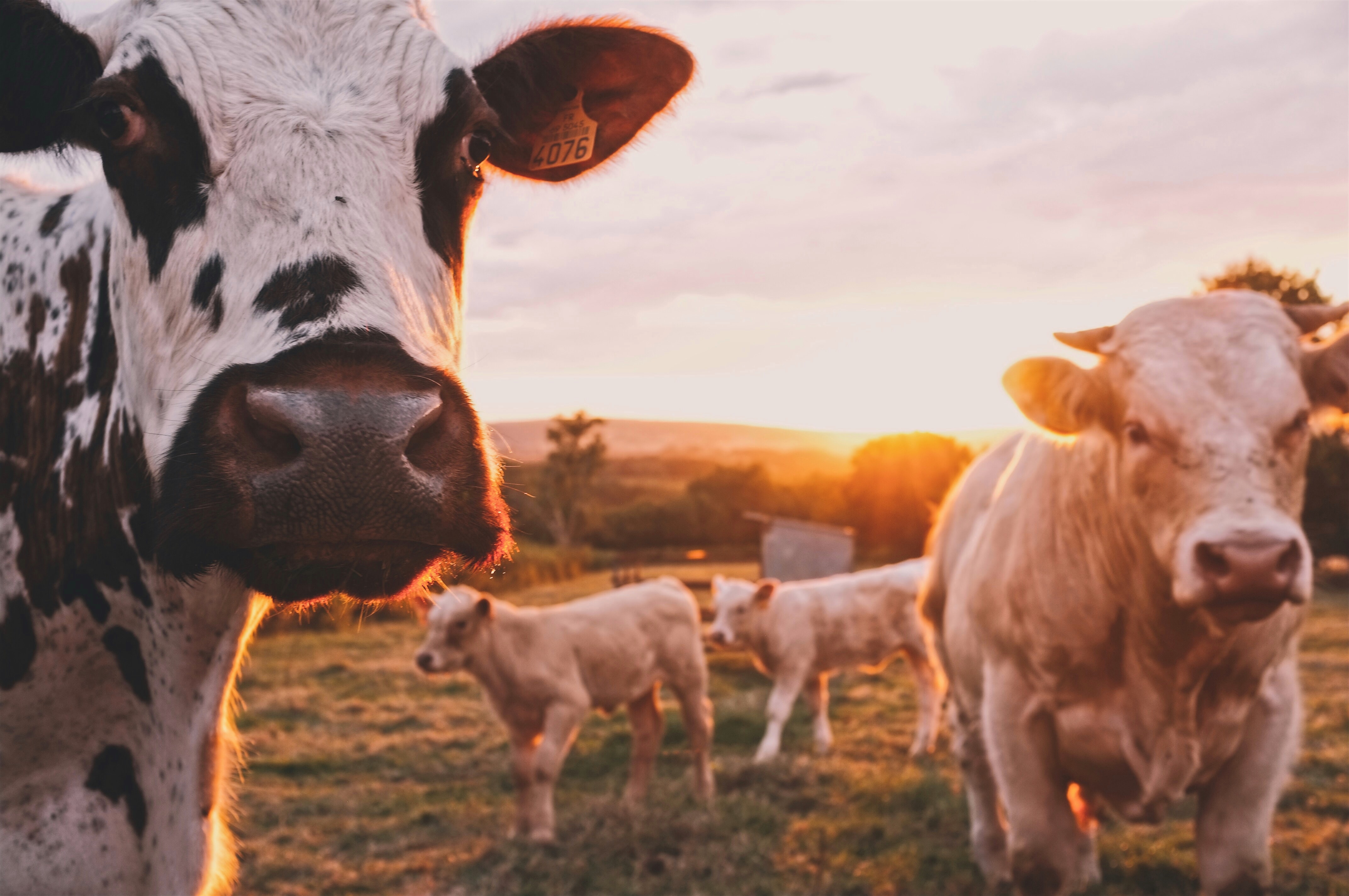News & Media > Editorials > The Importance of Consistent Ethics in Fashion
The Importance of Consistent Ethics in Fashion
Every day, consumers are becoming more aware of the cost of what they wear. Not the price tag, but the impact a garment has – on the people who made them, on the earth, and on animals. It’s easy to forget all that goes on before a bag, shoe or shirt ends up in a store. However, asking questions and demanding transparency in the production of these products is critical to creating a world where treating others with respect is fashion industry standard, not an outlier or selling point.

Ethical fashion and rescued goats via Willow Creative Co
Let’s use shoes as an example, a pair of sneakers. Let’s say they’re being sold for about $60AUD. The first question worth asking is how they came to cost that. Is it possible for these shoes to cost $60, and simultaneously, for everyone involved in their creation to have been paid fairly? For them to be made of a responsibly sourced material?
As most of the footwear market is comprised of leather shoes, let’s say the sneakers are leather. A cow was impregnated, her baby was raised, subjected to standard practice mutilations like painful disbudding or dehorning, as well as castration, if he’s a male. When he reaches slaughter age, he’s sent to an abattoir, a captive-bolt is shot into his head and his throat is slit open.

Awaiting a captive-bolt gun to their head
His skin is separated from his carcass, sold for a profit, and then put through intense processing to turn a fur covered, bloody, fleshy piece of skin into a no longer biodegradable (the point of leather tanning is to make something organic, inorganic), smooth and unrecognisable ‘material’. Standard leather tanning process is chemical heavy, most often involving formaldehyde, chromium and other known carcinogens.
At this point, before the shoes have even been made, there are (hopefully obviously) a lot of ethical problems. An animal is dead, objectified and turned into a piece of fabric, denied their life and their individuality. But there’s more. There’s little to no transparency as to where this leather comes from – where and how the animal was raised and killed, or where and how their skin was tanned. Abattoir workers have higher rates of mental health issues than many other groups of people, likely because they are (often by their circumstances forced into) working an incredibly violent, lowly and often unfairly paid job. The leather tanning industry, based largely in China and India, is rife with environmental and human rights crises. Workplace health and safety issues, including higher incidences of cancer in workers, are just a few of the concerns here.

A tannery in Kanpur, India via National Geographic
Not only is this a lot of suffering, a lot of symbolic cost, but a lot of monetary cost. The people stitching together the shoes need to be paid fairly, yes, but there’s an entire supply chain of people before them who are not being given a fair wage in order for these shoes to cost $60: farmers, abattoir workers, tannery workers. The exploitation of animals and people are inextricably linked, and it may well be because an industry built on the back of death is not one to focus on ethics.
So what’s the solution? How can we buy better, kinder? First off, leather isn’t the answer. It’s the most environmentally impactful material to produce from cradle to gate, it’s made from a slaughtered animal, the concerning human rights implications of the so-called ‘material’ are plentiful. While leather-free products are more ethical, they’re not automatically ethical from an all-encompassing perspective. For a product to be ethical, it is inherent it be vegan. But veganism alone is not the panaceum, unless it is intersectional – considerate of the rights of all. The responsibility to uphold worker’s rights are not absolved by a product being vegan, nor the responsibility to protect the environment. Fair wages and a dead animal isn’t good ethics, no dead animals but exploited people isn’t good ethics. There are no ethics on a dead planet.

Ethically made vegan leather (PU) boots from BHAVA Studio
The most widely available leather alternative, conventional PU synthetics, are vastly better for the environment, but they need to be made in regulated environments, and they need to be seen as only one alternative, as there are a plethora of more sustainable options available too – PU made with apple waste, with crop rather than petroleum oil, ‘leather’ made from cork, pineapple leaves, you name it. And these materials, and the shoes made from them, need to be made by well treated, respected people. It’s not right we value the good treatment of some, but not others.
The reality of responsible fashion is that it’s more expensive. It’s more expensive to pay people fairly, and to invest in sustainable, ethical materials. In a time where we are buying more clothes than ever before, and simultaneously are throwing away more clothes than ever before, the way to reduce the financial impact of shopping ethically is quite simply, to shop less. Buy ethically made products that you’ll wear a lot and for a long time, buy well made second-hand items, buy what you love, not what’s momentarily on trend. It may seem a sacrifice, but the joys of creative expression through dress should never cost someone else’s life, wellbeing or safety - human or non-human.

Imagine a world free from harm, for all.



